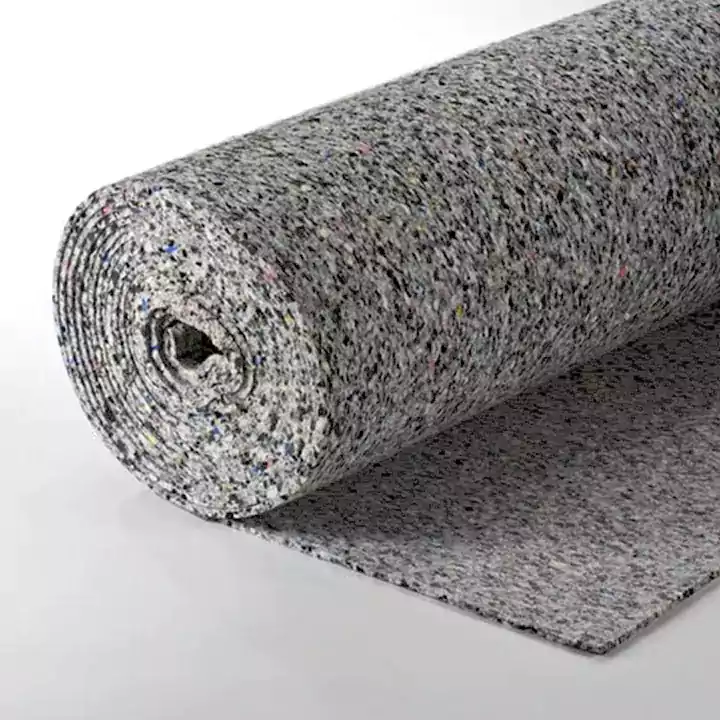Rebounded Foam
Rebounded Foam Manufacturing: Process, Applications & Market Insights
Rebounded foam is a versatile and eco-friendly material crafted by recycling foam scraps into high-density blocks. This innovative manufacturing process not only helps reduce foam waste but also produces a durable and supportive product that serves a wide range of applications across industries.
The global rebounded foam market is growing steadily, fueled by increasing demand for sustainable and cost-effective materials. Leading manufacturers like Sarva Foam Industries and Jumax Foam are pioneering high-quality rebounded foam products, catering to the needs of various sectors including furniture, automotive, construction, and packaging.
Manufacturing Process
The production of rebounded foam involves several key steps:
Shredding: Scrap foam pieces from various sources are shredded into small, uniform particles.
Mixing: The shredded foam is blended with bonding agents and sometimes additives to improve durability and performance.
Pressing: The mixed foam particles are compressed under high pressure and heat, bonding them into dense, solid blocks. This step ensures firm support and consistent texture.
Cutting: The large rebounded foam blocks are then cut into sheets or custom shapes based on specific industry requirements.
Applications
Thanks to its density, resilience, and sustainability, rebounded foam finds uses in numerous industries:
Mattresses & Bedding: Provides firm support and comfort, enhancing sleep quality.
Automotive Industry: Used in seating cushions, headrests, and sound insulation components.
Flooring Underlay: Acts as a durable cushioning layer under carpets and flooring to reduce noise and improve comfort.
Packaging: Protects delicate items during transit with excellent shock absorption.
Sports Mats & Cushioning: Offers impact resistance and comfort in gym mats and athletic padding.
Acoustic Insulation: Helps dampen sound in buildings and automotive interiors.
Benefits of Rebounded Foam
Eco-Friendly: Made from recycled foam scraps, it reduces landfill waste and supports environmental sustainability.
High Density and Durability: Offers long-lasting support and resilience, outperforming many other foam types.
Excellent Support: Ideal for applications that require firmness, such as mattresses and floor underlays.
Cost-Effective: More affordable than virgin foam materials due to its recycled content.
Versatile Applications: Used widely from bedding and furniture to automotive parts and soundproofing.
Good Shock Absorption: Effectively absorbs impact and vibrations, suitable for sports and packaging needs.
Customizable Density and Firmness: Manufacturers can tailor properties to fit specific requirements.
Conclusion: Rebounded foam stands out as a sustainable, durable, and versatile material in today’s foam industry. Its eco-friendly nature combined with high performance and wide-ranging applications makes it a smart choice for manufacturers and consumers alike. As demand for sustainable solutions rises, rebounded foam’s role in modern manufacturing is only set to grow.


